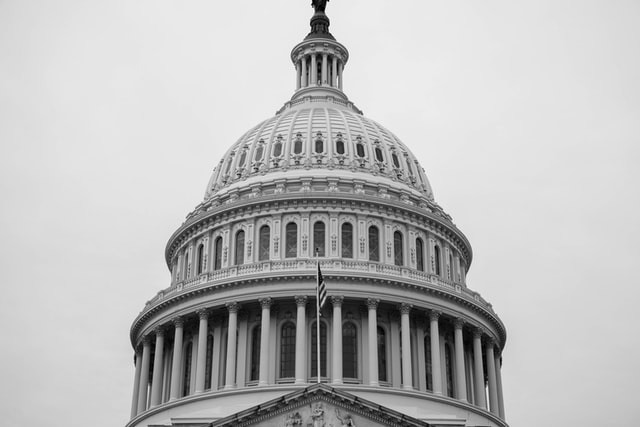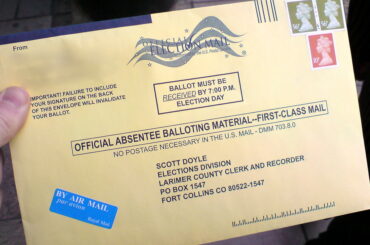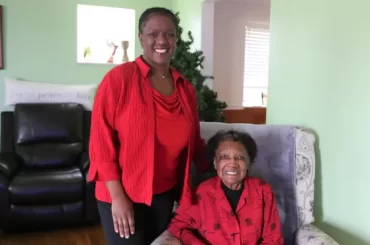Las Vegas is still reeling from the coronavirus pandemic. Housing prices have catapulted, and rent is now rising faster than most other places in the country. Approximately 10,000 casino workers are currently out of work. Gas has hit $5 a gallon, which is higher than every state except for California.
Amid a declining economy, the Democrats in the state — considered a national model for the past decade and turning out initiatory voters — have come to epitomize the difficulties of the party moving forward into the 2022 midterms.
Democrats have long depended on both Latino and working-class voters when it came to winning Nevada, but now the loyalty of both these groups is in question. Young voters who stimulated the biggest Bernie Sanders victory in the Democratic presidential primary of 2020 are skeptical regarding President Joe Biden. Catherine Cortez Masto, the senior United States senator from Nevada who is also the first Latina senator in the country’s history, is among the party’s most imperiled incumbents.
She has her work cut out for her: overcome the sagging approval ratings Biden has garnered, and fight discontent over the economy as well as her own relative anonymity. She also lacks the recognition-cum-deep-ties among Latino voters, which is what former senator Harry Reid utilized in order to build up the state’s prevailing Democratic machine. Nevada has long been seen as a symbol of the future of the party, which has relied on a racially diverse coalition in order to win elections. These past gains though, are at risk.
Leo Murrieta, director of liberal advocacy group Make the Road Nevada, says, “There’s a lot of frustration on the ground that no one is listening. They are not wrong. It’s hard to talk about the possibility of tomorrow when your todays are still torn apart.”
Biden carried Nevada in 2020, and ever since 2008 the state had remained a linchpin for the Democratic party whenever presidential elections took place. What has emerged now is an alarming election cycle pattern for Democrats. The party might dominate come presidential elections, but is flailing during the midterms, all while a Democrat is the sitting president. Turnout has taken a steep drop, mainly owing to the highly transient population in the state, and as a result Republicans are gaining ground.
What marked the Republican takeover of the state legislature was the turnout in 2014 dropping 46% with respect to the presidential election that came previous, during the last midterm while a Democrat was in the White House. Fast forward to 2022 and Republican victories stand able to oust Democratic governor Steve Sisolak, as well as the three Democratic Congress members of the state. They could also replace Sen. Cortez Masto in the Senate with a 2020 election denier.
Where Democrats are concerned, worse than the turnout is the problem that the state has slowly been turning less blue. The ratio of registered Democrats fell from 39.4% as of 2016 to 33.6% as of February, per figures obtained from Nevada’s secretary of state. Meanwhile, over a quarter of registered voters now stand unaffiliated with any party, a figure that’s risen 20% since 2016. Officials think the rise in this statistic is due to the automatic voter registration system which the state introduced in 2018.
The economy of the state has shown signs of improvement, such as with joblessness in Reno having gone down to a level that’s one of the lowest in a century. Democrats are relying on this area, which has drawn in new residents including a whole lot from California, and is turning into somewhat of a tech hub. However, over 70% of Nevada’s population lives in Clark County, which is where Las Vegas is situated. That means the outcome of the election would stand on how things fare in that area. Las Vegas voters mainly feel the economy is a bigger problem than all other issues, according to interviews. Some hold a sense of optimism, although there was general worry there wouldn’t be enough money for the essentials such as food, rent, and gas.
23-year-old Angel Clavijo, who first voted in 2020, said, “What I care about is opportunity and the economy.” His ballot was cast for Biden then, although Clavijo says he isn’t registered with any party. Despite being able to hold on to his job through the course of the pandemic, he witnessed his parent’s bills stacking up. “I really can’t say I’m paying a lot of attention to politics right now,” he said. “I’m not just going to vote by party.”
68-year-old Margarita Mejia, who is a retired hotel worker, has voted mostly for Democrats, but didn’t vote in 2020. At the time, she was busy helping family and friends get through the pandemic. “It was depressing, being alone, struggling for everything,” she said. “I don’t know what the government does for us, even when they say they want to help.”
Neither Clavijo nor Mejia could name the sitting senator from the state – Cortez Masto, who is currently holding the seat that’s crucial to the Democrats in their bid for maintaining Senate control. Cortez Masto, despite having spent five years as a senator and eight as the AG for Nevada, is relatively unknown among a broad stretch of the electorate, mainly because she has long been averse to publicity, as well as cautious politically. Here too, the transient nature of Nevada’s voters comes into play.
Almost half of the voters in Nevada registered subsequent to Cortex Masto coming on the ballot in 2016, per an analysis done by TargetSmart. Cortez Masto’s own internal polling revealed close to a quarter of Latinos not having any opinion regarding the race Adam Laxalt and she are about to have. Laxalt is a former AG of the state who is the probable opponent for her from the Republican side.


